Remediation Technology
Our AhBe Remediation Technology team provides services suited for the remediation of contaminated ecosystems. We can deploy a simultaneous process involving i) physico- mechanical recovery ii) Bio (chemo) remediation in-situ or ex-situ iii) land farming ex-situ in restricted cases or iv) natural attenuation in situ, on any project depending on the peculiarities and client demands.
Our team of consultants have coordinated more than 30 soil, ground water investigations and ecosystem remediation projects globally. We follow a custom-made remediation protocol for each site specifically tailored to meet the challenges of the type of oil as well as the environmental/terrain conditions. We take into consideration community peculiarities and security situations.
Approach to Remediation Technology:
AhBe’s Remediation TechnologyTM approach to the soil remediation involves categorizing contaminated sites into 2 classes of 4 variants and 5 sub classes as follows:
- Soil Pollution (hard land or swamp)
- Water Pollution (free flowing or inter tidal)
Remediation on soil or water will follow different approaches. The application of AhBe Remediation TechnologyTM for soils or terrestrial ecosystems is generally superseded by a classification into sub class based on the nature of the spill (listed below) following the determination of the cleanup status as illustrated in figure 1 below.
- Hard oil,
- Sludge (accessible or non-accessible),
- Free product,
- Polluted sand with low concentrations,
- Groundwater contamination
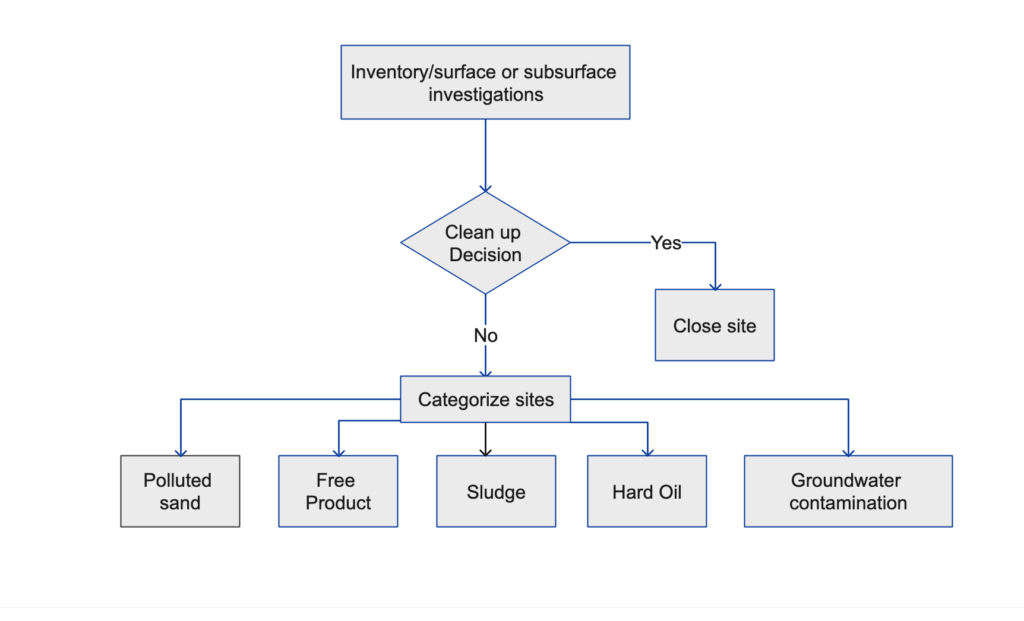
- more than 1 to 5 m3 liquid free product?
- more than 100-250 m3 free product?
- more than 25 to 50 m3 sail above 5000 mg/kg TPH?
- more than 20% of 400 m2 covered with degraded HCs?
Above for guidance only - experience/judgement is proprietary
To obtain field experience and proof of success of proposed methodology, we start our project with:
- Use risk-based assessment criteria to prioritize contaminated sites and prepare an assessment standard e.g. risk to people, communities, environment and reputation/public nuisance.
- Development of remediation protocol including an agreement on what must be done and what constitutes a clean/remediated site
- Application of proven remediation tools and techniques
- Agreement on independent certification/assurance
- Warrantee for one season of non-resurgence of spills.
Regarding bioremediation, we will conduct initial tests to obtain proof of expected results before applying appropriate microbial remediation techniques. For example, waxy oils with high aromatic fractions and high sulphur content will degrade very slowly compared to non-waxy crudes and in some swamp location where accessibility is an issue, microbial seeding and improving natural attenuation via organic fertilization may be the preferred option.
In some extreme cases where the oil has caked as a result of stagnation over several years, degradation will be very minimal i.e. the light volatile fractions have been degraded and only the relatively slow to degrade aromatics are left. The preferred remedial action in such situations would be to initially remove as much recoverable soft/sludge/fluid contamination as possible to a land farm, while the caked portions are stabilised by mixing cement/sand to a level that oil is fixed to inert material out of location.
We can group our best approaches into:
- Hard oil – Adopt Bioremediation treatment by ploughing and ensuring adequate mixture of oxygen, water and nutrients. Any caked non degradable portion can be fixed as inert material.
- Sludge – Excavate first and then treat by bioremediation, followed with layering using Ecolayer.
- Free product – Recover from water or swamp environments, then excavate and treat by bioremediation, followed with layering using Ecolayer.
- Polluted sand with low concentrations can be remediated by sand wash, Eco layer and/or treatment by bioremediation.
- Groundwater contamination – Preferred option is natural attenuation if low concentration of contaminants is detected followed by in-situ remediation or ex-situ remediation if concentration of contaminants is high.
- Aqueous environment is best treated via use of dispersant and/or demulsifiers to change from oil in water phase to water in oil phase and thereafter apply bioremediation.
Contamination that can be excavated will be treated in a land-farm, provided that the area is not impeded by low water table. Two options exist for this; either to directly remediate at the contaminated zones or via removal and transport to a central land farm. The latter option is preferred as it allows the land farming to be better controlled and the works can be executed more efficiently, with progress very visible and measurable.

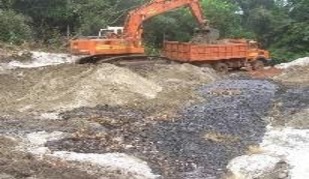
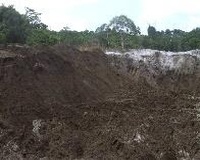
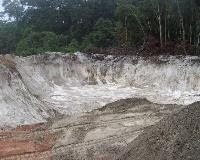
During remediation
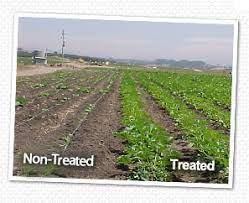
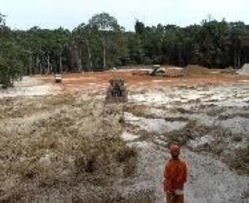
Remediation completed